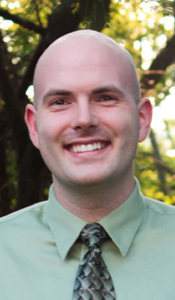Program Information
Feasibility of Collision Avoidance Using In Room 3D Camera
R Cardan*, R Popple, X Wu, J Duan, S Shen, I Brezovich, Univ Alabama Birmingham, Birmingham, AL
SU-E-T-227 Sunday 3:00PM - 6:00PM Room: Exhibit HallPurpose:
To determine the feasibility of detecting potential collisions between hardware and patient without the need of a CT scan.
Methods:
A 3D camera (Kinect for Windows, Microsoft) was mounted onto an on board imaging arm and 3 depth images at different angles were taken of an anthropomorphic phantom in a treatment position. A convex hull was then calculated from the depth vertices for use in a computer collision simulation. Positive collisions were then determined by manually moving the couch and gantry over a sample of their motion ranges. The results were compared with a computer simulation that calculated the positive collisions from the scanned geometry.
Results:
The simulation calculated 64,620 collision potential configurations of the phantom/couch and gantry at 1 degree increments in 4.36 sec using an Intel Core i3 processor with 8GB of ram. The accuracy of the calculation was assessed by dividing up the results into four different groups: true positive (correctly predicted collision), true negative (correctly predicted no collision), false positive (wrongly predicted collision), false negative (wrongly predicted no collision). There were 3949 measured data points, which resulted in TP = 1131, TN = 2437, FN = 275, and FP = 106 points. The receiver operating curve accuracy metric (TP+TN)/(TP+TN+TN+FN)) was then calculated from these groups as 90.35 %.
Conclusion:
We have successfully demonstrated a framework that could be used to scan patient geometry on the treatment table for use in collision avoidance. This could also be used in the simulation step of treatment to avoid planning geometrically infeasible setups. Collision prediction inaccuracies are attributed to inadequate point cloud data to accurately describe phantom geometry. Better sampling with improved reconstruction software should enable the ability to completely avoid planning of non-deliverable beams or collisions during treatment.
Contact Email:


